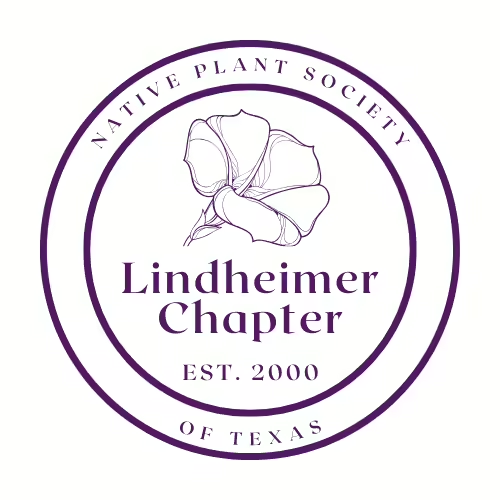September 28, 2023 @ 6:30 pm – 8:30 pm
The monthly meeting will be live at TWU (see link to map below) and simultaneously broadcast via Zoom (see Zoom link below)
6:30 pm Refreshments & socializing
7:00 pm brief business meeting with program to follow.
Our September program will be presented by Amy Martin, author of Wild DFW and the North Texas Ecotone. Amy is the author of multiple books including Wild DFW: Explore the Amazing Nature Around Dallas-Fort Worth (released July 11, 2023), and Itchy Business: How to Treat The Poison Ivy and Poison Oak Rash.
She is a North Texas Master Naturalist, Social Media Director for Native Prairies Association of Texas, columnist for GreenSourceDFW, and for 15 years has managed a 75 acre nature preserve.
Nature is more than someplace we visit — it’s where we live. In this talk from naturalist and journalist Amy Martin, author of Wild DFW: Explore the Amazing Nature Around Dallas-Fort Worth, discover North Texas’s rare prairies, diverse bottomland forests, limestone escarpments, wetlands, and more, as well as the river that defines us, the Trinity. Learn how this area arose from a primordial inland sea, how its varied layers of bedrock create its diversity, and how it serves as an ecotone linking eastern forests to western plains.
Location: The Ann Stuart Science Complex (ASSC) Room 259 at TWU
Campus Map
Parking is available beginning at 6pm.
Zoom:
https://us02web.zoom.us/j/83237641371?pwd=dzhGUlptdnowQk1XQ29iby9LbFYydz09
Meeting ID: 832 3764 1371 Passcode: 107836 One tap mobile +13462487799,,83237641371#,,,,*107836# US (Houston) +17193594580,,83237641371#,,,,*107836# US






